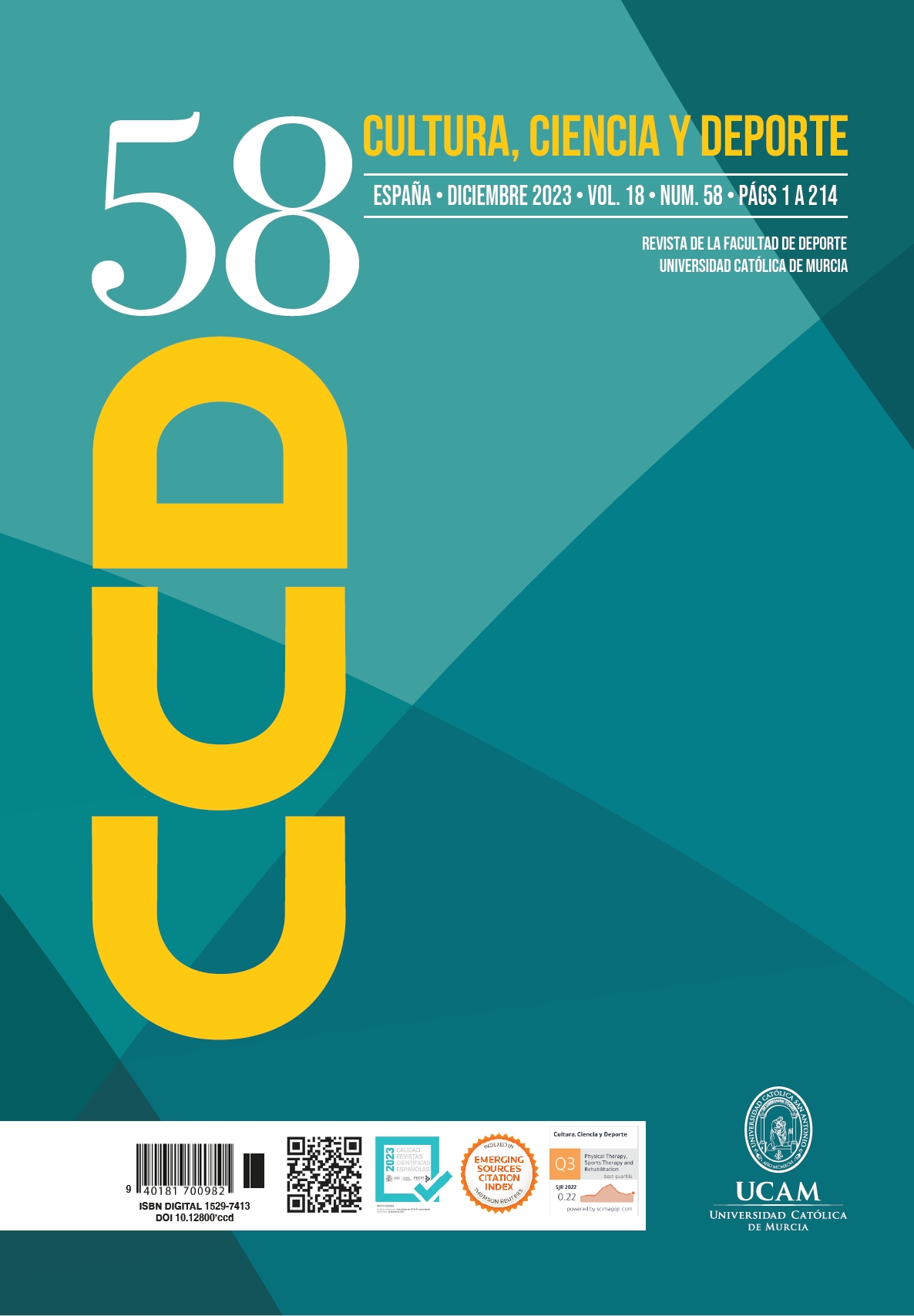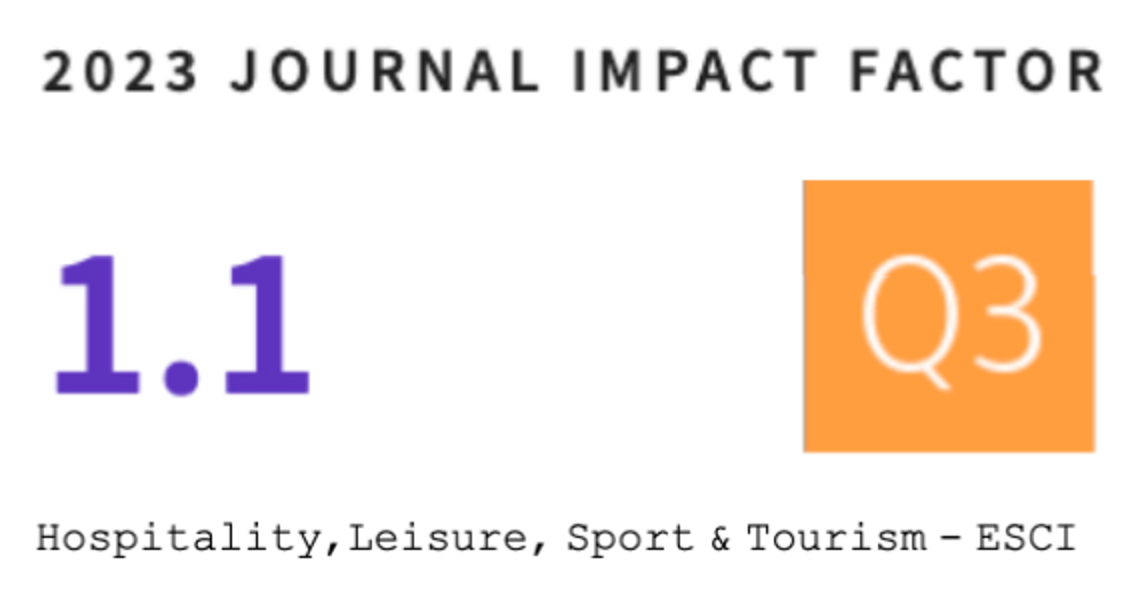The Effect of a physical activity program on fitness perception of 9 to 11-year-old schoolchildren
Fitness and perception in children
DOI:
https://doi.org/10.12800/ccd.v18i58.2061Abstract
The objective was to analyze the effect of a physical activity (PA) program on fitness perception (FP) of schoolchildren from 9 to 11 years of age. This quasi-experimental study involved 24 children divided into experimental (GE) and control groups (GC). The FP, perceived cardiorespiratory fitness (CRFP) and perceived muscular strength (MSP) components were assessed with the International Physical Fitness Scale (IFIS). Mann-Whitney and Wilcoxon U tests were used; significance p < 0.05. Significant differences were found between groups in FP (.000 p < 0.05), CRFP (.002 p < 0.05) and MSP (0.02 p < 0.05) in favor of the GE. The estimated effect size is large to establish differences between groups (FP CG = 0.15, FP EG = 1.71, CRFP CG = 0.15, CRFP = 2.50, MSP CG = 1.14, MSP GA = 3 ,3,4). The main findings show that a PA program has a significantly positive effect on FP and cardiorespiratory fitness components (CRF) and muscular strength (MS) compared to the GC; A large effect size is also produced on differences between groups. Therefore, it is a strategy that could be applied in schools and can influence others areas such as psychological, academic and social.
Published
How to Cite
Issue
Section
License
Copyright (c) 2023 Creative Commons Attribution License

This work is licensed under a Creative Commons Attribution-NonCommercial-ShareAlike 4.0 International License.
The authors who publish in this journal agree with the following terms:
- The authors retain the copyright and guarantee the journal the right to be the first publication of the work as well as licensed under a Creative Commons Attribution License that allows others to share the work with recognition of the authorship of the work and the initial publication in this journal.














